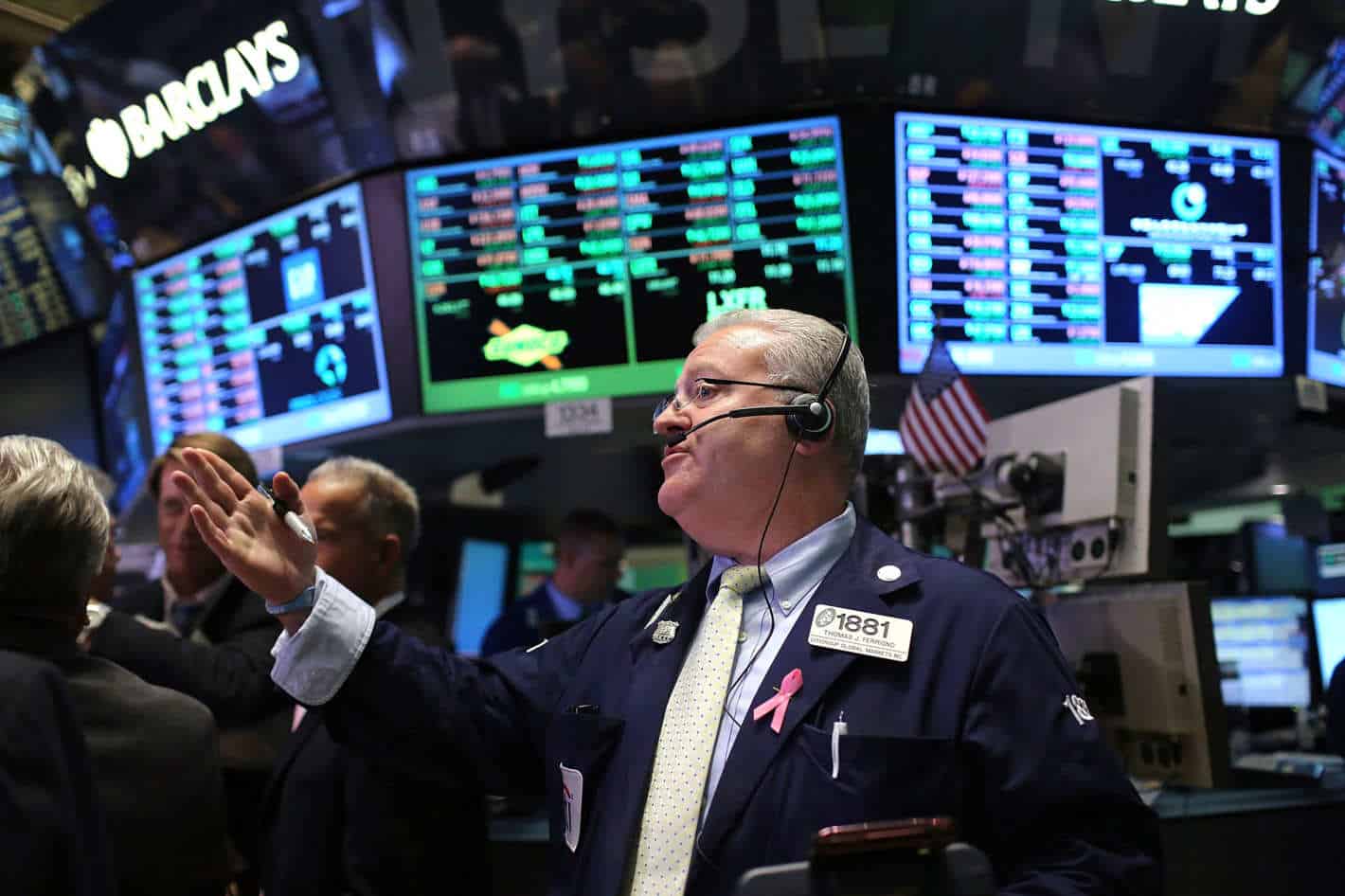
Welcome to the Dow Jones industrial average. Walgreens Boots Alliance (WBA), the newest stock on the blue-chip index, is the worst Dow Jones stock in the first half of 2018.
General Electric (GE), which tanked 22% through June 30, is no longer a Dow Jones stock. That leaves Walgreens stock leading Dow laggards, followed by 3M (MMM), Procter & Gamble (PG), Caterpillar (CAT) and Goldman Sachs (GS).
Each booked a double-digit loss through June. The Dow Jones index overall fell 1.8% over the same period, lagging a 1.7% advance for the S&P 500 index and an 8.8% gain for the Nasdaq composite.
On a brighter note, the best-performing Dow Jones stocks of 2018 so far boast impressive gains.
Walgreens Stock
The retail pharmacist took the Dow Jones seat that the embattled GE vacated Tuesday, but faces deep problems of its own.
“Walgreens has struggled to cope with a rapidly changing pharmaceutical market with pressured reimbursement, massive consolidation, and increasing competition for prescription volume,” according to Morningstar.
Walgreens Boots Alliance faces increasing and direct competition from grocery chains and retailers. On Thursday, Amazon (AMZN) agreed to buy PillPack, making a decisive, long-rumored move into the pharmacy space.
Walgreens, which reportedly sought the online pharmacy for itself, tumbled on the news, along with other drug stores and other pharmacy-related stocks.
Walgreens stock peaked in January, then sank after Amazon, Berkshire Hathaway (BRKB) and JPMorgan Chase (JPM) struck a healthcare partnership. The move potentially threatens Walgreens, which also manages prescription-drug plans and provides health care to store customers.
But the pharmacy chain now counts on roughly 10,000 stores — after acquiring thousands of Rite-Aid (RAD) locations — to return to earnings growth.
Shares of Walgreens dived 17.4% in the first six months of 2018.
3M Stock
Industrial conglomerate 3M must reckon with a continued shift away from a manufacturing economy to a service economy, analysts say.
That macroeconomic trend coincided with a severe downturn in its key power market. The company may now sell its gas-turbines unit, after earlier shedding rail, wind and health assets.
3M stock sank April 24 after the company lowered its 2018 earnings guidance. It has yet to recover, sitting 26% below a January high of 259.77.
Talk of trade wars and steel tariffs also contributed to the decline. Roughly 60% of 3M’s revenue comes from abroad.
But the company, well regarded for its R&D expertise, continues to scout for growth. It capitalized on automakers’ quest to build profitable electric cars by announcing in June that it will invest in a battery factory.
Shares tumbled 16.4% in the first half of this year.
Procter & Gamble Stock
A household name, P&G’s tepid top-line growth has come amid massive shifts in the consumer goods sector.
Consumers increasingly choose niche, alternative brands over well-known names, while groceries and supermarkets have shifted from branded products toward more upscale, private labels. The Amazon-Whole Foods deal is set to further disrupt grocery aisles.
This multinational also faces intense competition from local companies in emerging markets.
However, P&G scored a victory in a recent proxy fight with Trian Fund Management. The Nelson Peltz fund wanted this Dow giant to focus more on innovative brands and less on legacy products.
P&G shares dropped 15% in the first half of 2018.
Caterpillar Stock
Caterpillar’s woes just grew beyond volatile commodity prices, an uncertain outlook for global infrastructure and construction spending — and loose-lipped execs.
It’s among companies that face potentially higher negative impact from a Trump trade war that is expanding in scope and reach, research firm CFRA said last week.
Caterpillar, a top construction and equipment maker, operates around the globe. China’s crackdown on emissions is a potential headwind, but there are other risks.
“As urbanization slows or Chinese central planners decide to de-emphasize construction, Caterpillar’s resources business could suffer,” analysts at Morningstar say. But they add restructuring efforts are starting to pay off and heavy equipment demand is starting to recover.
Caterpillar stock tanked 6% April 24 after its CFO described Q1 operating margins as a “high watermark” for the year. The company later tried to walk back those remarks, but the damage was done.
Caterpillar stock lost 13.9% in the first half of this year, with losses accelerating in the last few weeks.
Goldman Sachs
The investment banking giant saw trading activity roar back to life in the first quarter, helped by market volatility. But Goldman Sachs stock skidded in March after reports of CEO Lloyd Blankfein’s looming departure. Losses accelerated in April after management shared plans to put share buybacks on hold.
Late Thursday, the Federal Reserve let most U.S. banking giants announce big stock buybacks and dividend hikes after passing the second round of stress tests. But Goldman and investment bank peer Morgan Stanley (MS) will have to keep shareholder payouts around current levels due to a capital shortfall.
Bank stocks, in general, have suffered recently from a flattening yield curve and ebbing consumer confidence. Their 2017 rally, fueled by tax overhaul and rising rates, seems a distant memory now.
In May, Goldman Sachs analysts said Amazon (AMZN) has an “opportunity to expand in financial services,” but is unlikely to launch a standalone bank.
This Dow Jones stock sank 13.4%.

